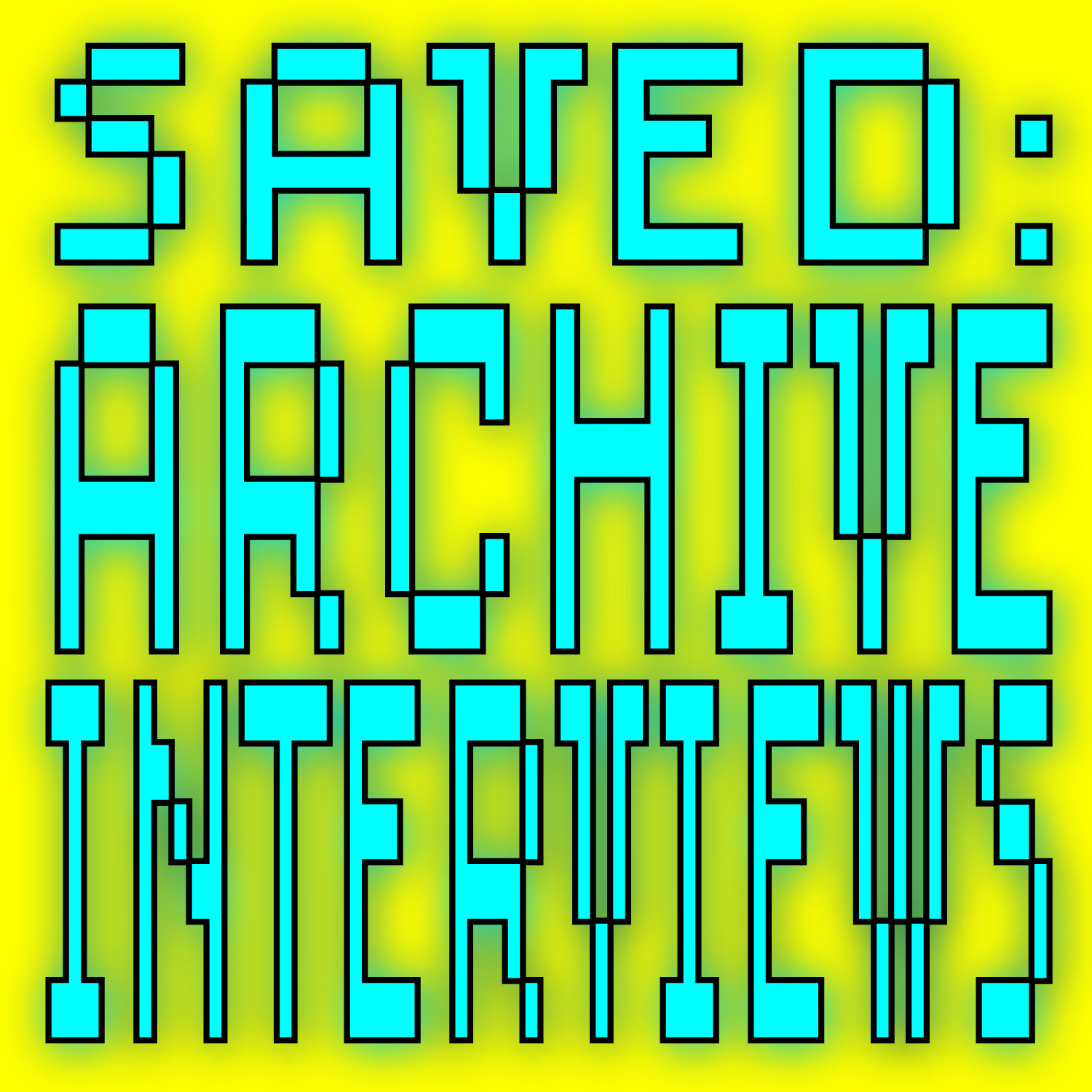By Rosie Yasukochi and Amani Marshall
As we step further into the internet age, the definition of “saving” seemingly never stops evolving. Even my copy and print shop has gone paperless, encouraging digitized archives through discounts advertised on massive posters plastered to their walls.
Visual learning has always been my forte, and visual consumption my addiction. My eyeballs and ears crave constant, rapid-fire stimulation. I want to know all there is to know about everything I could possibly know about, especially every little fragment of detail I didn’t even know I could possibly know anything about. As a kid I used to frequent my school and public libraries almost daily, sometimes leaving with stacks of books so high that I could barely balance them all between my hands and my chin. I learned about everything from secret button cameras used by spies in World War II to the origin of the bubonic plague, from disposable underwear worn in the seventies to how to properly care for a pet ferret.
As I got older, I stopped going to the library as much, mostly because outlets like YouTube, Tumblr, and Instagram gave me more options at a much faster pace, along with ample suggestions of niche educational holes to dive into. My eyes were opened to not only “Charlie the Unicorn” and “Shoes,” but the rules of freestyle canoeing, history of house music, tenants of giant vegetable gardening, importance of military rations, and life stories of my favorite performance artists.
Although I fondly miss the days of pulling books off of shelves and abusing my dad’s library card, I think the Internet has made the once-dusty practice of archiving much more accessible to younger people with burgeoning imaginations and a sincere hunger for information. In the following interviews, we talked to five different individuals about how they take advantage of Instagram to build collections and share what they want to ‘save’ with the rest of us.
@UGLYRUNNERSOFTHEBACHELOR
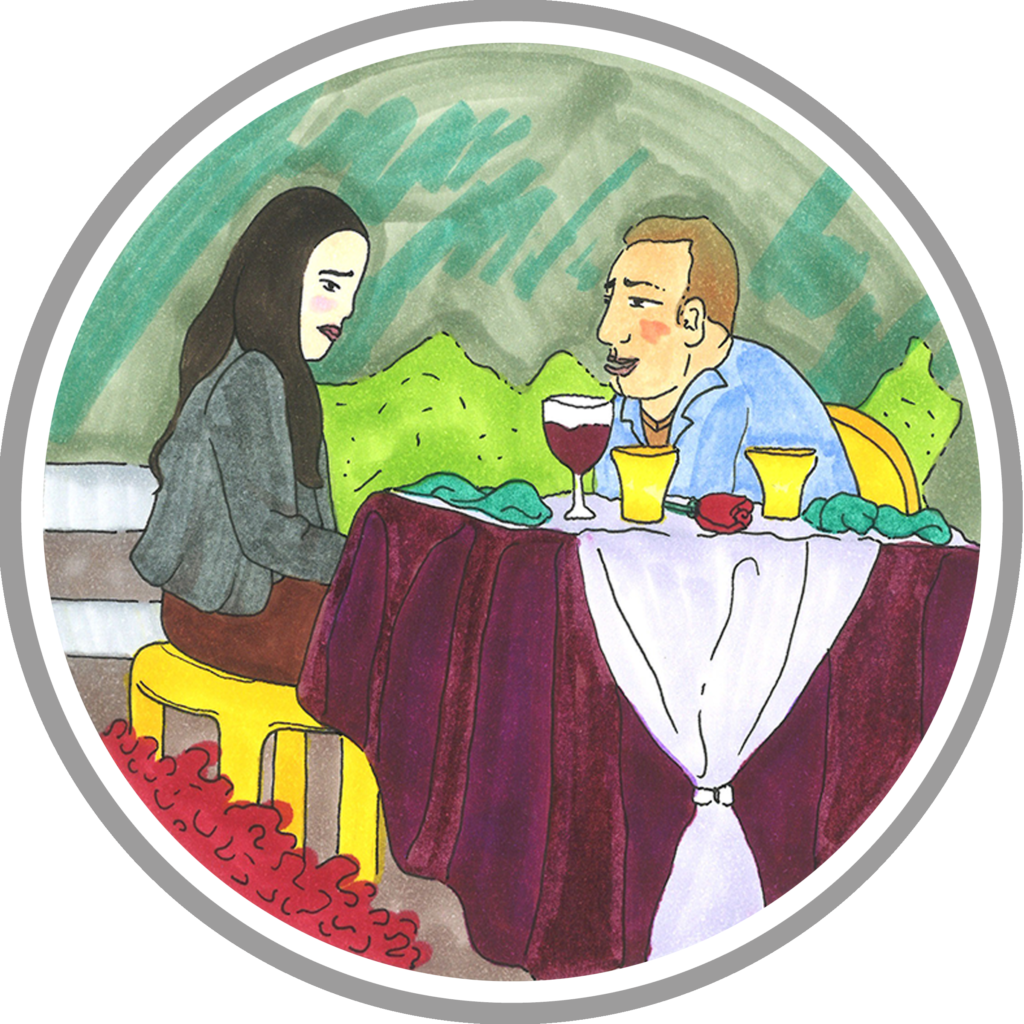
Why did you start this account and who did you start it for?
Some friends and I use “The Bachelor” as an excuse to get together and talk over the television all night, and I kept pointing out how ugly the runners were. Honestly the account was just me trying to prove my point to them over and over again, but it makes me really happy that other people find it as entertaining as I do!
Do you consider your account an archive? Why or why not? If so, what does archiving mean to you?
I don’t know! I’m an art historian IRL, so to me, archives come with a lot of baggage. They help shape who and what is remembered, so they can be put to beautiful ends, but they can also help maintain a lot history’s ugliness. Hopefully @uglyrunnersofthebachelor is really just about how ugly the runners are.
How does your obsession manifest in the way you choose to curate your collection?
I’m not obsessed with runners. In fact, I’m not sure I’ve ever seen a tasteful one in my life. I think I’m obsessed with “The Bachelor” runners because I genuinely don’t understand them. Are we supposed to think they look good or does everyone know they’re ugly? I especially love when the runner is just the centerpiece for a whole, usually misguided, decor theme. The consistency with which that happens makes maintaining the account pretty easy, and has definitely given me an even greater appreciation for a good tablescape.
Has your content and/or decision making process while posting changed as your account has grown?
Not really. The only rule we’ve had from the beginning is no hometown runners. I sort of suspect the producers are dressing those dinner tables too, but on the off-chance somebody’s parent lovingly set everything out, you have to have some manners.
@SHANA_NBA

What value do you place in collecting?
I’ve been a collector my whole life. I find comfort in collecting. Each item is special to me.
How does your obsession manifest in the way you choose to curate your collection?
I am always on the lookout for new pieces to add. Completing the collection is never an option because there is no end. I rarely subtract pieces but by acquiring more, I can group items in better specific categories.
Do you consider your account an archive? Why or why not? If so, what does archiving mean to you?
I have two accounts, my primary @scorpioincharge and my basketball specific @shana_nba. I have a lot of basketball material on my main, but I felt a need to create the second to explore my obsession spontaneously. For me, it’s a digital scrapbook. I often go through my posts looking for material to include in my zines.
How have your ideas about archiving changed since using Instagram?
Using Instagram to archive images can be beneficial in our media consuming culture in order to have a trail of the past. I feel like time goes by so quickly, moments of value are constantly replaced, not allowing proper reflection. It’s helpful to go back and revisit.
What is your relationship to the concept of fandom?
I have obsessive personality by default. Being a fanatic, I experience uncontrollable excitement in its purest form. It feels natural and unforced. It’s cool to care about something. Throughout the years my main obsession has changed, currently settling on the NBA.
Why the NBA?
Basketball got me out of a dark period in my life. I was a destructive and unhappy person. I replaced staying out late with watching games daily. I was able to translate what I was watching into something creative by expressing myself through writing and making art about basketball.
How do you source your inspiration?
I watch a game almost every day–it’s a never ending resource. I use eBay or thrift for cute, funny and odd related items.
@LISTEN22THIS
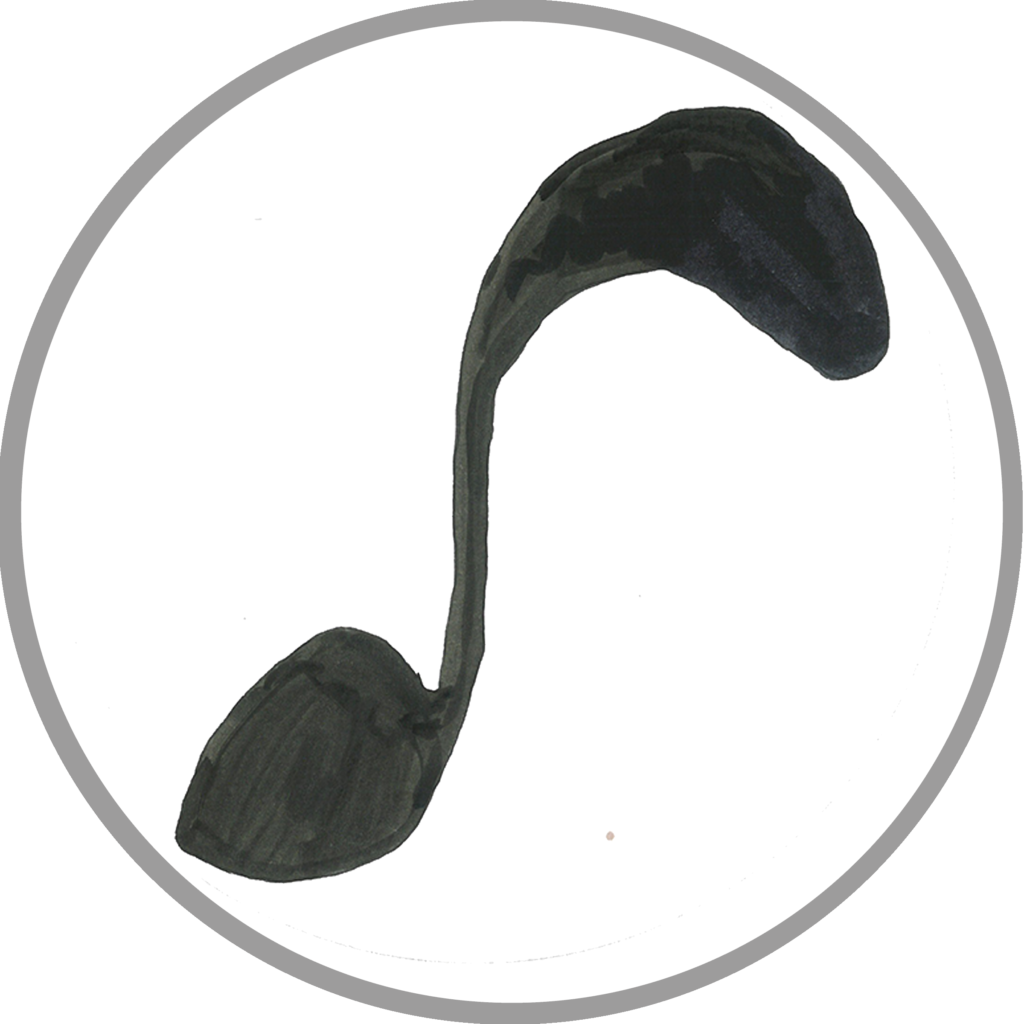
Why did you start this account and who did you start it for?
I had been wanting to delete my personal Facebook account for a long time, but Facebook doesn’t allow you to run a business page without having a personal account, so I figured I should have another social media channel for my website if I was going to delete its Facebook page. I didn’t really have an imagined audience for the Instagram account–presumably just my friends and people who read my blog and like having a little more music in their feeds.
How have your ideas about archiving changed since using Instagram?
I don’t know that I’ve noticed any real changes–for me the real archiving is the work that I do on my blog, and that process has mostly stayed the same over the years. Instagram is just another way of redirecting people to my site.
Do you collect and archive in another form outside of Instagram?
Yeah, I’ve always been a little bit of an information hoarder, and have an 850GB mp3 library that I’ve been accumulating forever, which is part of what gave rise to my album download blog, Listen To This. It focuses on pre-2000 records, many of which are out of print and tough to track down. It skews towards Japanese music, ambient, new age, and folk, and it’s turned into a pretty big archive.
How does your obsession manifest in the way you choose to curate your collection?
Well, I’m sharing music that’s exactly what I’m most excited about at any given moment. Sometimes I feel as if my taste has a lot of disparities within it, as if it’s not very cohesive or doesn’t make sense, but what’s been so great about this project is realizing how many other people love many or all of the same things that I love simultaneously too. It’s made me realize that there’s a rationale and a pattern to what I love, even if I can’t always see it clearly, which has helped me get better at trusting my impulses.
Many DJ’s are secretive about their library, particularly when it comes to how they find new tracks. Is this an attitude you hope to offset via your account?
I totally sympathize with not wanting to spend your whole life answering DMs asking for track IDs, but a lot of DJs think that because they’ve spent time and money tracking down musical gems, that they don’t owe track listings to anyone. To me, that seems like directing a movie without crediting any of the actors. I think it’s also a fear-based move, as if there aren’t enough musical discoveries to go around, or as if you can lose your “cool cred” by being generous. If your goals as a music curator aren’t centered around loving what you love and wanting to share it with others while also championing the artists whose work you’re literally profiting off of, then you might be in the wrong line of business. Worst case scenario is that strangers that you might not identify with culturally or politically will be listening to better music, and in my mind that’s usually a net positive. (Obviously there are a few exceptions I can think of, such as marginalized communities not wanting to further open themselves up to appropriation or tokenism, etc.; but that’s a pretty different thing.) I like to think of Listen To This as an exercise in transparency: I didn’t make any of this music, but I love it, and I’d love to introduce it to anyone who’s interested.
How do you feel about the way music streaming platforms take the pressure off of consumers by curating playlists for them? Has this changed the way music is formatted, released, and distributed in general?
As someone who feels committed to full-length records as an ideal music-listening format, I can’t help but feel anxious about the Spotify-inflicted decline of the album, but I’ve had to remind myself just because I’m afraid of change doesn’t mean there aren’t positives to be had as well. The music industry has always been in flux, and different kinds of artists and genres have always released music in different ways–disco, techno, and house, for example, have historically been much more about singles for club play than about full-length records, and a lot of rap artists have played with release formats by way of mixtapes or sporadic drips of singles. I like the idea of artists being able to have a more punk attitude towards it, to make songs impulsively and put them out into the world without necessarily wanting or being able to sink resources into a big shiny album campaign. Obviously the finances of platforms like Spotify are completely unsustainable, so there’s little optimism to be had on that side of the equation, and I’m curious to see what happens when this bubble of major labels devoting all their resources to a few giant artists who they milk for big singles to get the stream revenue pops–because it does feel as if it has to pop.
@EBAYBAE
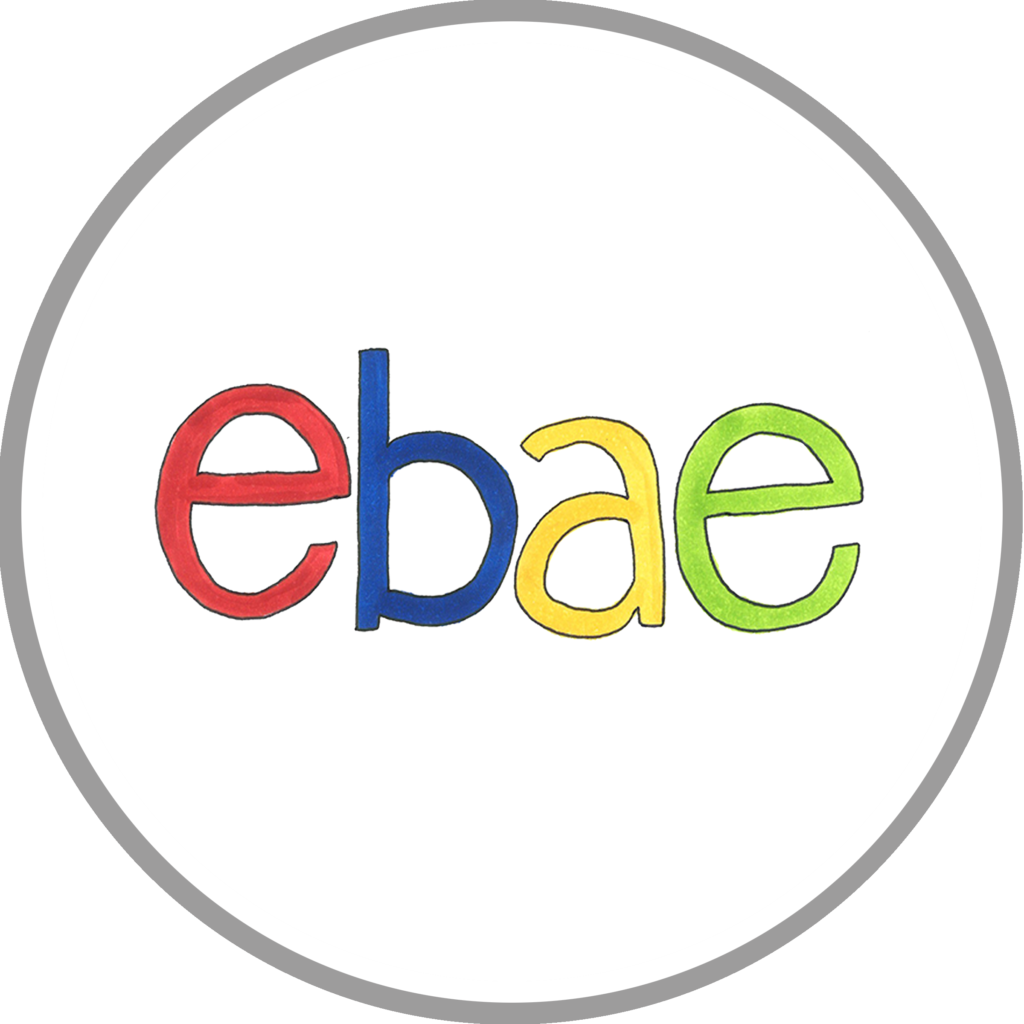
What value do you place in collecting?
I must value it plenty to have started this account and a career working with a museum collection. I find collecting to be intrinsic and for the most part delightful, whether it is physically organizing a collection or digitally amassing one in the form of eBay listings. Curating @ebaybae is a mode of enjoyment, and having some form of indulgence or outlet for expressing it helps me get through the daily grind.
How does your obsession manifest in the way you choose to curate your collection?
I think my collection displays my interests in design, art, material culture, common patterns/themes, arrangements, miniatures, plastic, fashion, the natural vs. the artificial, low culture vs. high culture.
Do you consider your account an archive? Why or why not? If so, what does archiving mean to you?
I think the general act of posting is in a sense capturing something ephemeral, may that be an event, fad, meme, or an eBay listing. Since what I post is basically a clipping of an actual listing without imposing my voice but rather my view, yes I would consider my account as an archive. I like to post the format of the listing because I find it interesting how people approach the process of creating the title, description, staging the photo/s, and appraising the monetary value of the item.
How have your ideas about archiving changed since using Instagram?
Using Instagram as an archiving medium allows me to curate what to archive without real-life parameters, the possibilities being endless!
@SHILLZDAREALZ
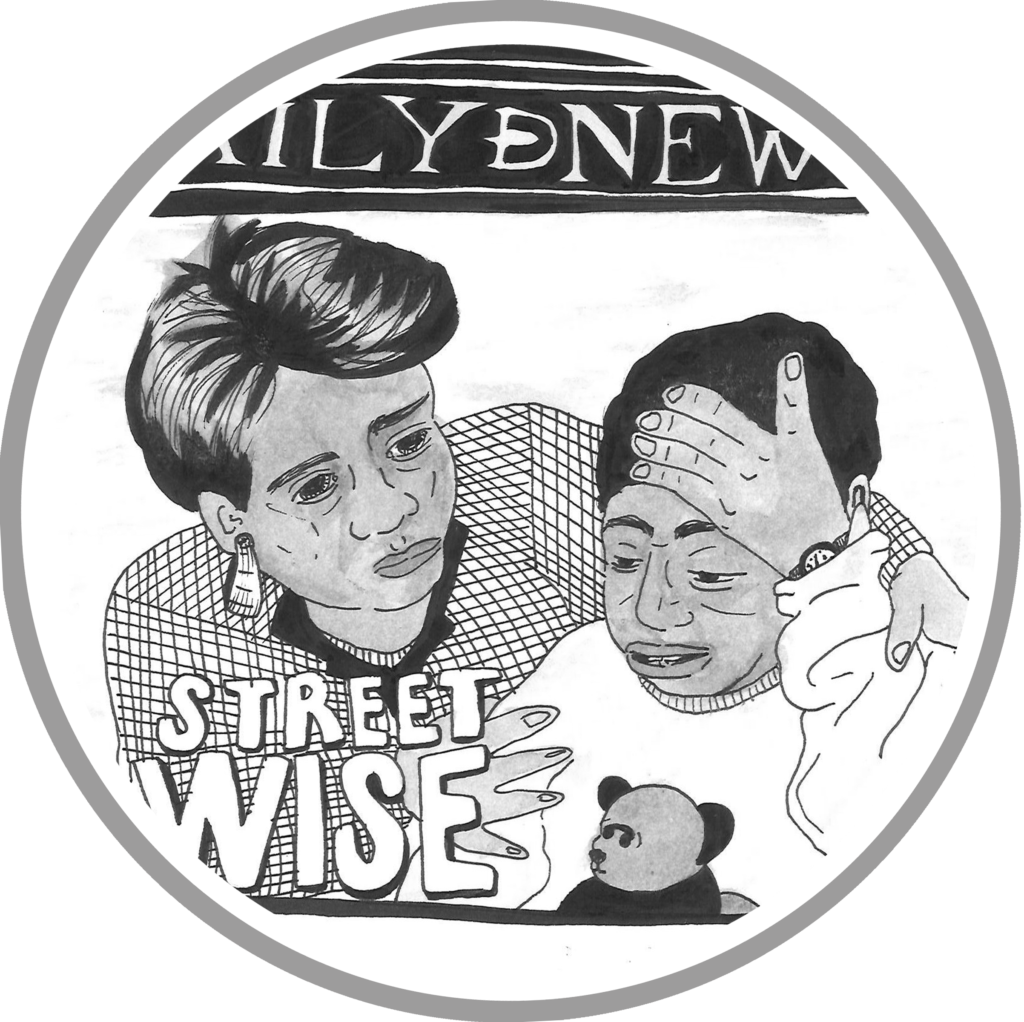
Why did you start the account and who did you start it for?
I started the account myself and the reason why I started the account was to put…to give people more of the backstory of the Lo Life history and to put some faces with the names that they may have heard about, and what have you. It was pretty much an archive of what I consider ‘old Brooklyn.’ The last pure part of what made Brooklyn Brooklyn before it got gentrified. And, the polo culture, the 80s and the 90s, was a big definitive part of molding what, you know, what people know Brooklyn to be, as of today. And I think as well to, you know, like, where things is going in streetwear and…and I felt like there was a gap of, you know, people knowing how the influences of, like, these early streetwear brands and how they got to where they was at today. So they could look at designs, and they could be like, “Oh, I can see where this came from. I can see what was the inspiration of this. This was something that was already done before.” Because a lot of people go, they surprised to see that a lot of things that’s turning into fashion now? We was doing thirty years ago! And I think that’s the thing that gives people the most sense of like, how all these kids…you know, of course, you know, we was doing [unclear], you look at this nucleus of it it was like we was curating fashion. We was the fashion [unclear], the stylist, the program director, we was doing, the buyers, we was doing everything they was doing but not knowing that we had an initial skills. Because if you go into a store… the way like, of how I used to look at it was like, you know, you got 60 seconds. So if you go into the store and you thinkin with that mind frame and you never been into this store before, you gotta go into this store and pick and take the flyest shit you see in 60 seconds, when it takes people longer to, you know, they may have a week or a month or two to make editorial. We was curating this within seconds.
It’s a lot to, you know [be a] creative director in fashion. That’s a whole nother story. But I just want to keep the focus on the Lo Lifes and the Shillz da Realz entity of it. But that was another reason too, of me being like, “You know what, let me…let me archive history because at the end of the day, it’s history.” It’s like Robin Hood, the story, but the Lo Lifes are still here.
Since you started using it, and it started getting some followers and stuff like that, people started reaching out, do you think you’ve changed what you posted or what kind of history you tapped into since you’ve been getting a response?
I’m mostly just keeping to, you know, the way I started. Just keeping that era, encapsulating that era. Of course, you know, I’ve had people reach out and a lot of people are very appreciative of me doing the account and showing all the players, you know, the people that was behind, you know, the movement. So when people get from that perspective, people are appreciative. Then from, you know, like, other people just reaching out, such as yourselves, and what have you. I appreciate that as well. I’ve been getting great feedback.
In the same way that wearing polo and that kind of stuff gave you guys an identity and made an identity out of the friendship, do you think collecting these images gives you a purpose and an identity?
Yeah, because, it’s like, I have this whole wealth of knowledge and the history and know how to tie everything together. So I came to the conclusion that that’s not for nothing. That has some type of value to it, especially in the days of content. People are interested in history! People interested in Brooklyn and everything. You hear about so much in the songs, but then when you’re able to get stories and get pictures and see people that inspired people, that are in the mainstream, you know, that’s very valuable and very interesting. You know, I have my books that I’m starting to release, that’s pretty much my memoir of me growing up in Brooklyn. So it’s like three-folded, it’s my memoir, it’s me growing up in Brooklyn, so telling about the early Brooklyn story, and also speaking on the birth of streetwear, and giving like a timeline of like how all these brands introduced into New York streetwear, fashion, and how it was in Brooklyn. And then it’s also the Lo Life story from my POV, my point of view. Cause everyone who was involved, they have their own story of how they first started boosting, and how they first got involved and introduced to the cultures. So this is my story. And then this is something that like, you know, from the Instagram account, cause I don’t know how, like, to half do something. Cause for a while I was kind of balancing doing the content, because, you know, of course, that’s not, like, my life today, right? So being able to tell the story from an old point of view but still have that way of talking and speaking to people so then it sounds like that era. And giving them that real authenticity behind the photos. That I was actually there, and I know a large majority of these people in the photos, or interacted in some way of fashion, or in some type of one degree of separation, you know. Directly. I know someone that knows them directly. And they can speak favorably on both of us. I don’t like to speak on people or speak on anything negative. I just try to highlight the good things and their contributions to the culture and just keep it like that. Just keep it within that era. It’s negative, of course, like some people that’s oblivious to the culture and they come to the page being like, you know, “What is this guy talkin’ about?” They don’t understand. Somebody might’ve told them a minute off, but it’s not meant for everyone. It’s not meant for everyone, but it’s meant for everyone to look into it and to want to know more and to understand.
Before Instagram, were you kind of doing this collecting and archiving in any other kind of form?
Yeah, I had a blog and the Shillz da Realz Show, same thing as the podcast. It was a blog up on Blogspot. And I had started that in 2000…2007? Probably around 2007, around the time the whole, you know, when blogs were new. So, at the time I had just moved out of New York, I was living in Newport, Rhode Island. I had a store out there and I just wanted to be in the loop and to still, like…I used to do the thrift thing, I was doing like that early. Running into old Polo items, I still had the photos, I’d see things on Ebay. I think that it was still an interest and a collective so of course I know that was built off of the whole Lo Lifes and booster culture from out in Brooklyn. So I knew that that’s of interest. So I’ve been working on my book for a while, and the book kind of turned into books, because of so much content. I did the account, really, I started the account, really, to promote the book. That’s why I started the Instagram account. You know, doin the blog, and stuff like that. So I started out with a Blogspot blog.

